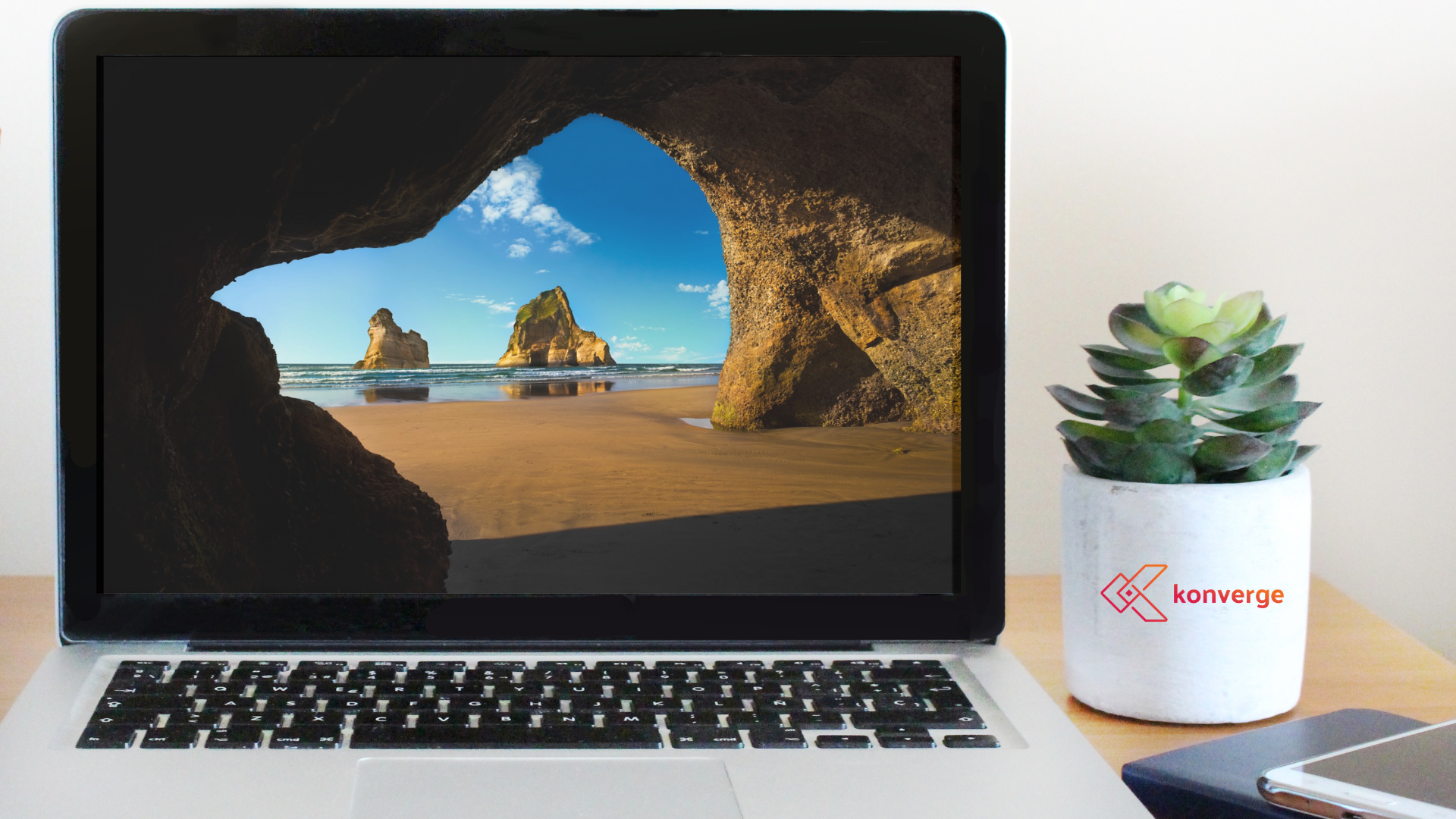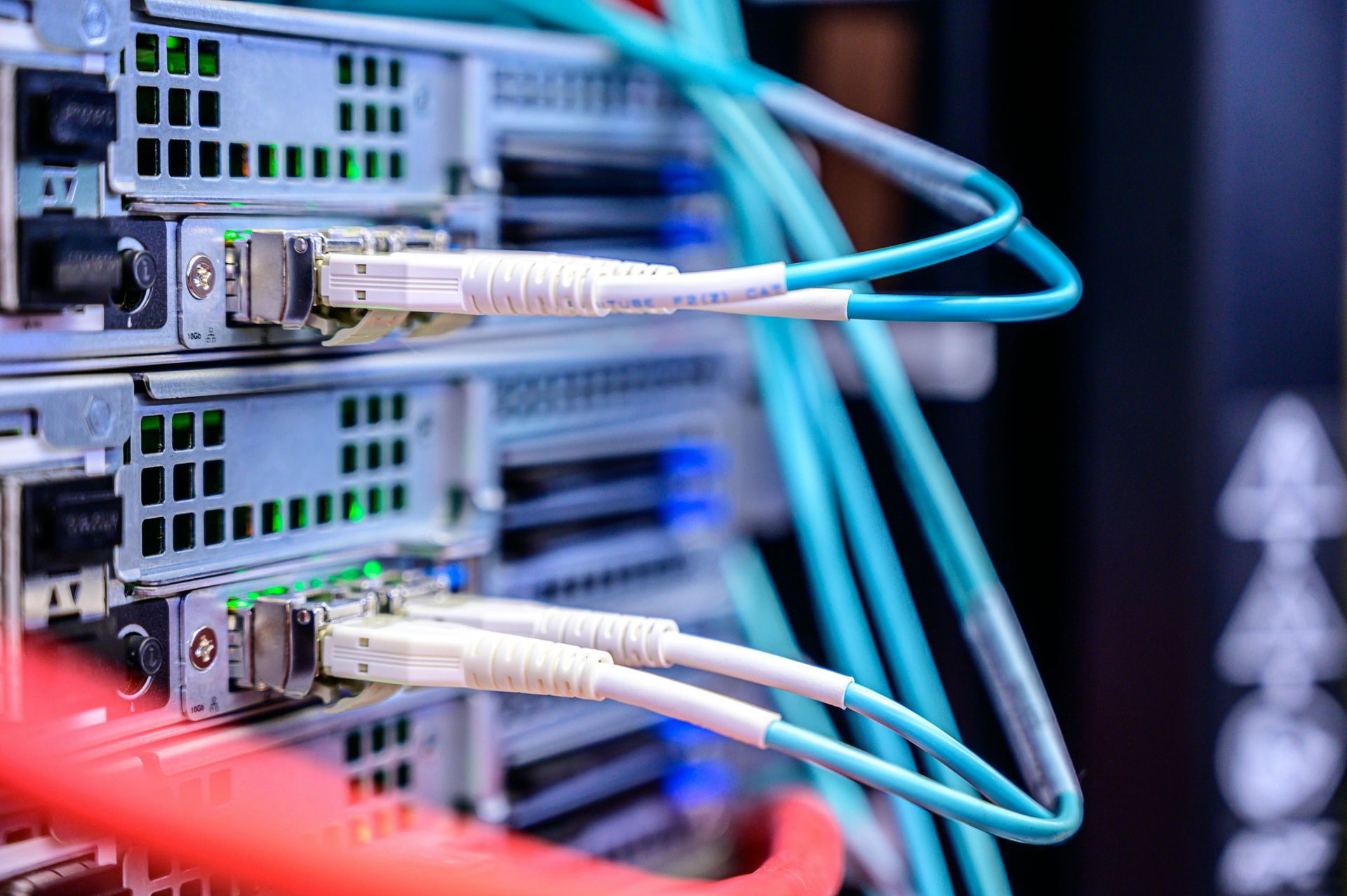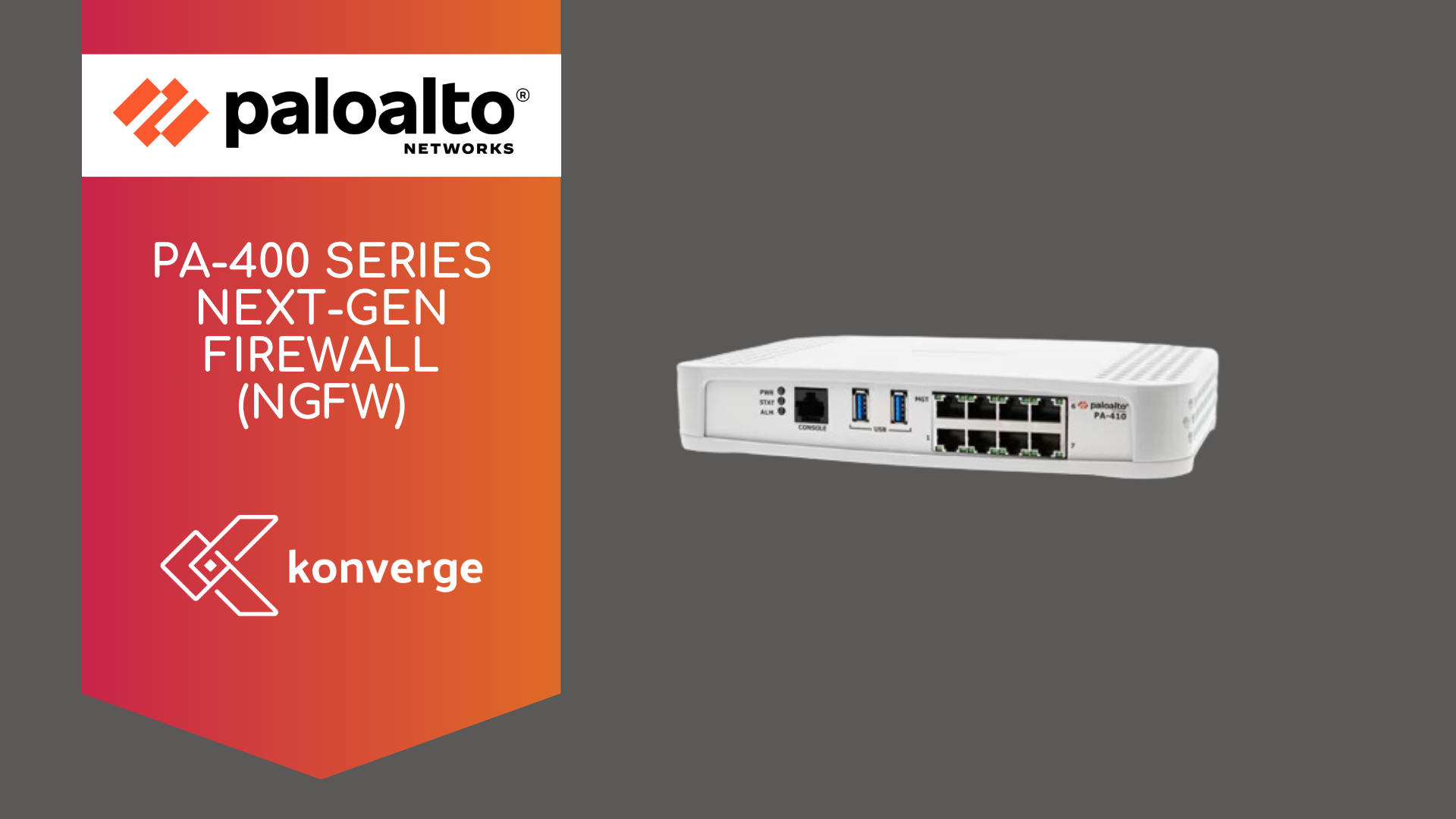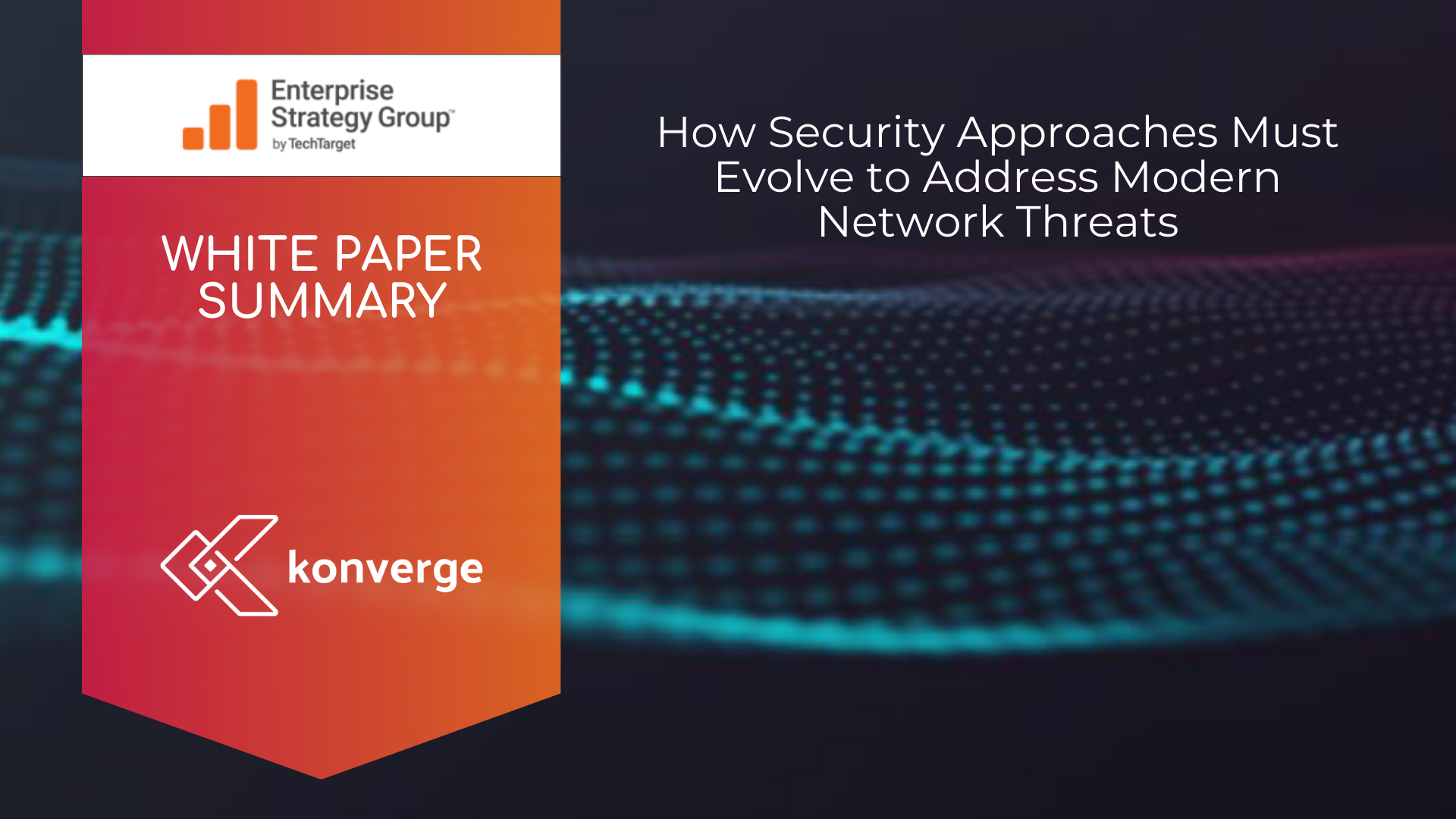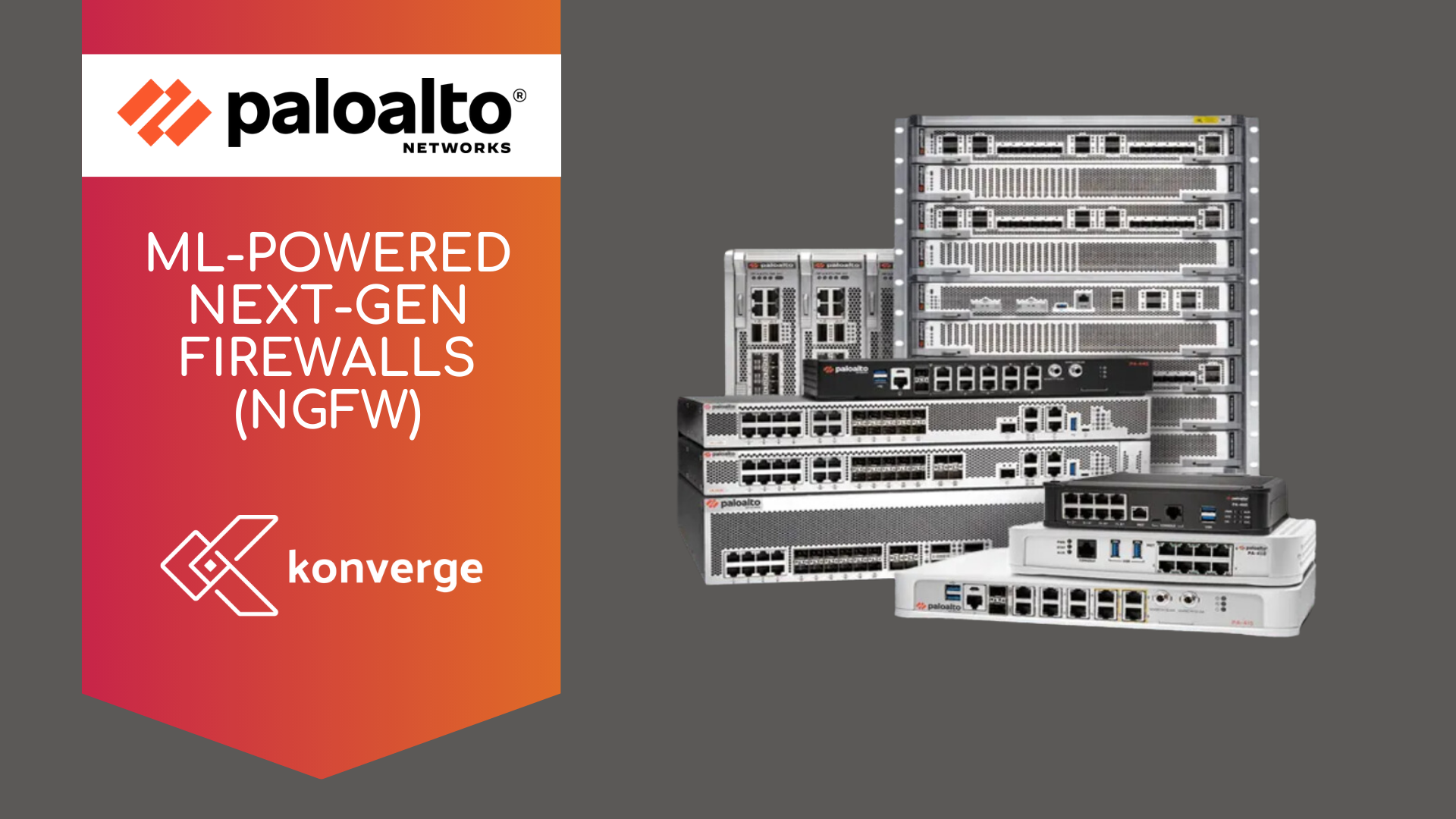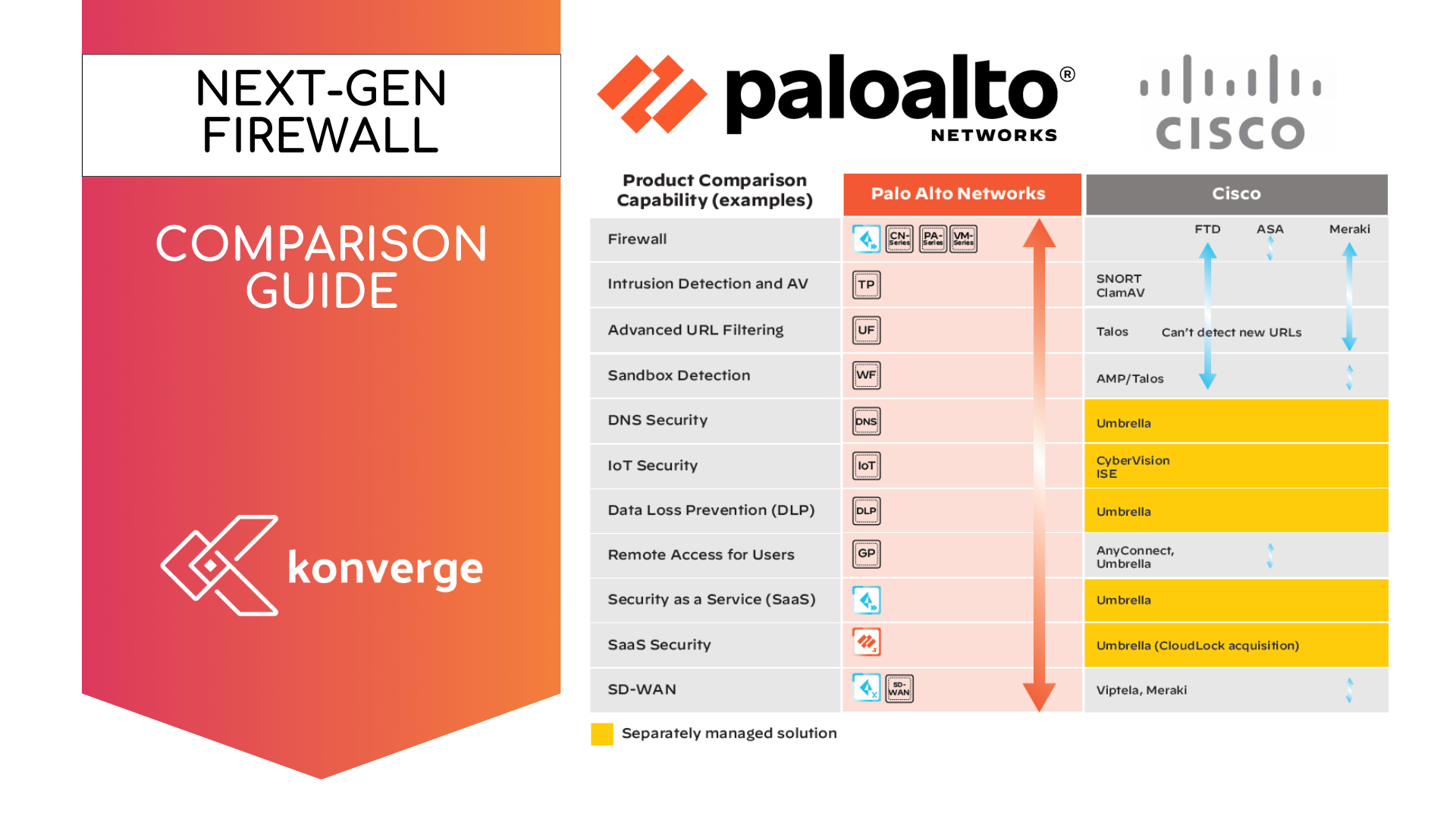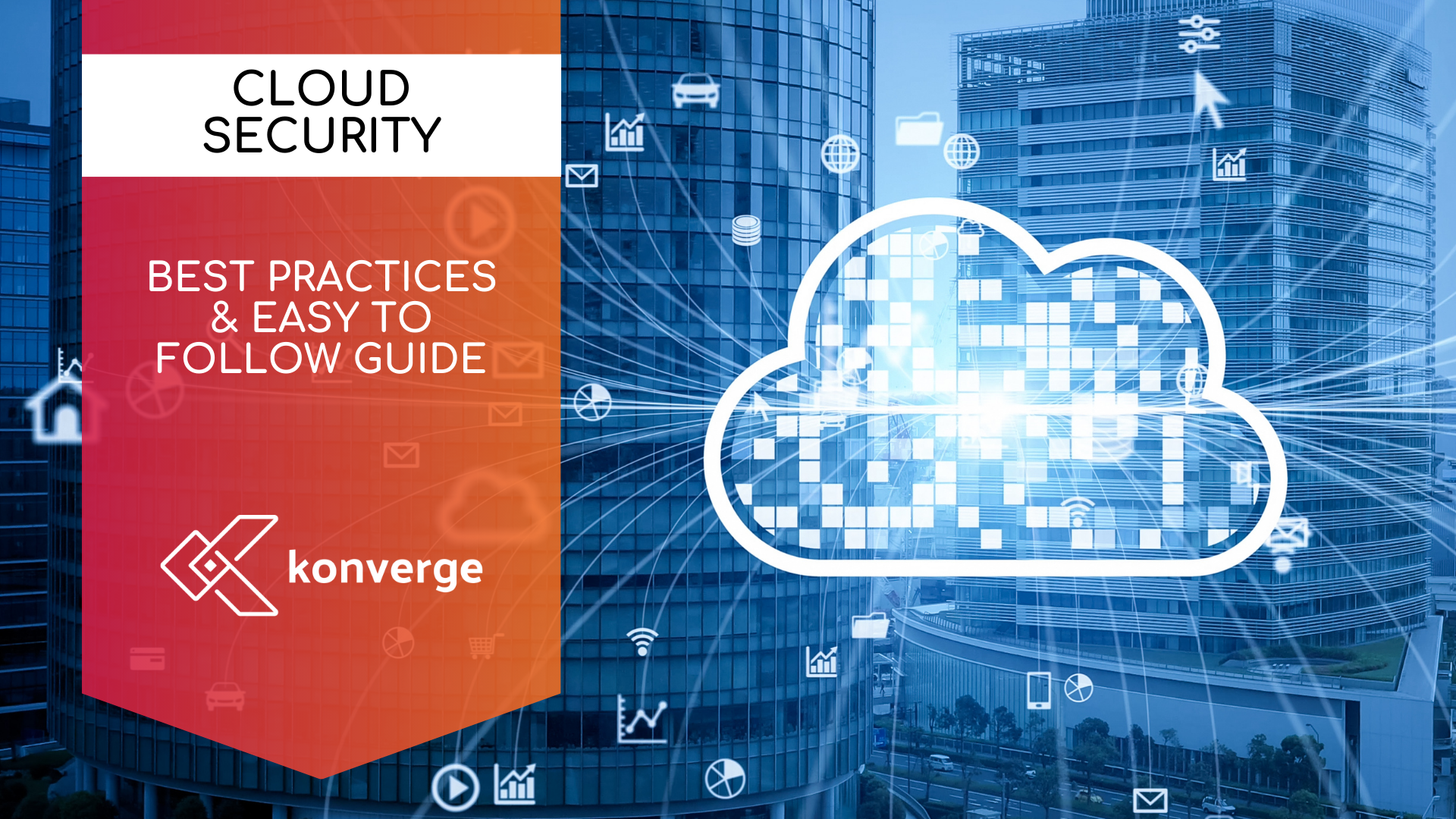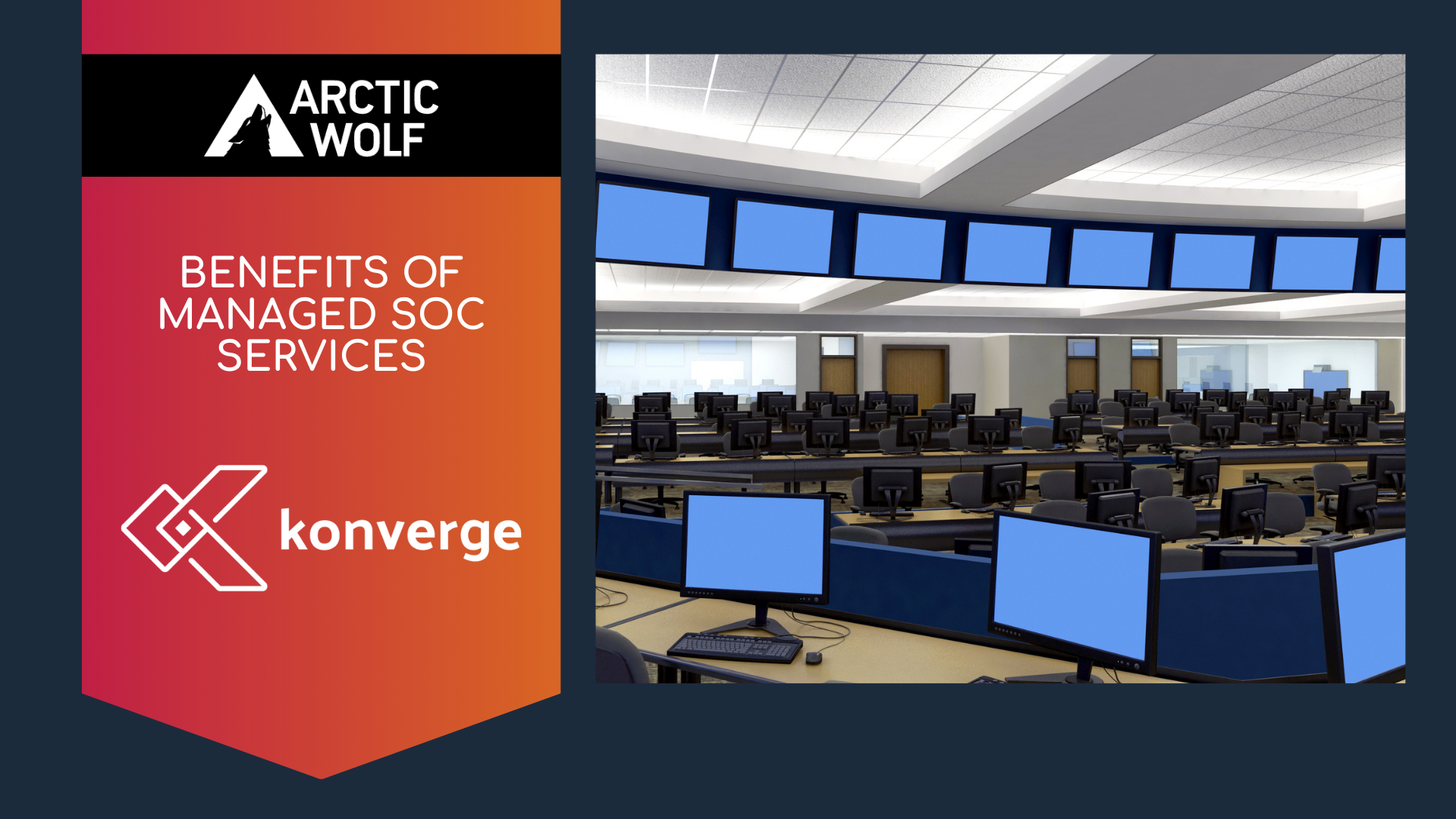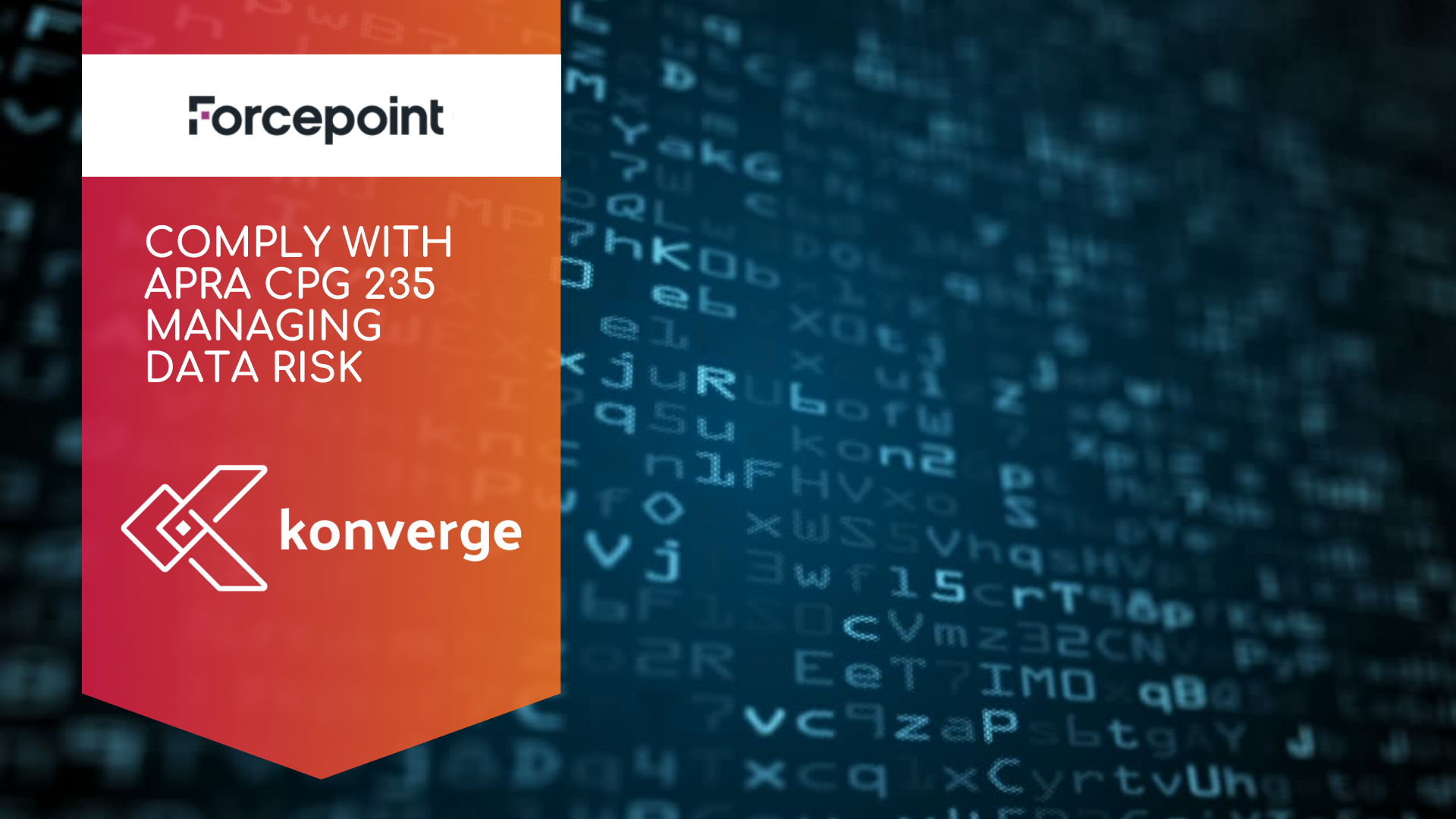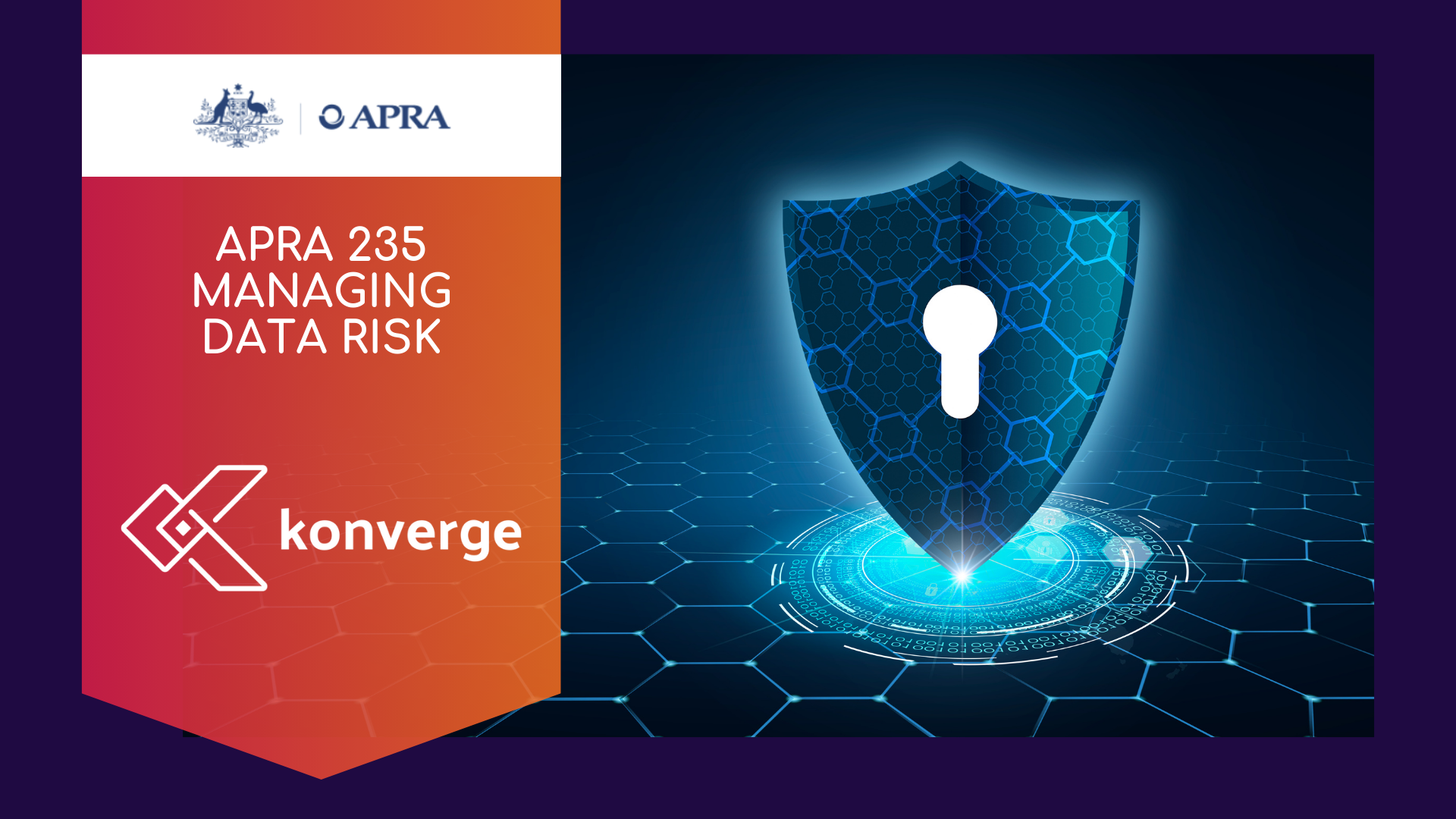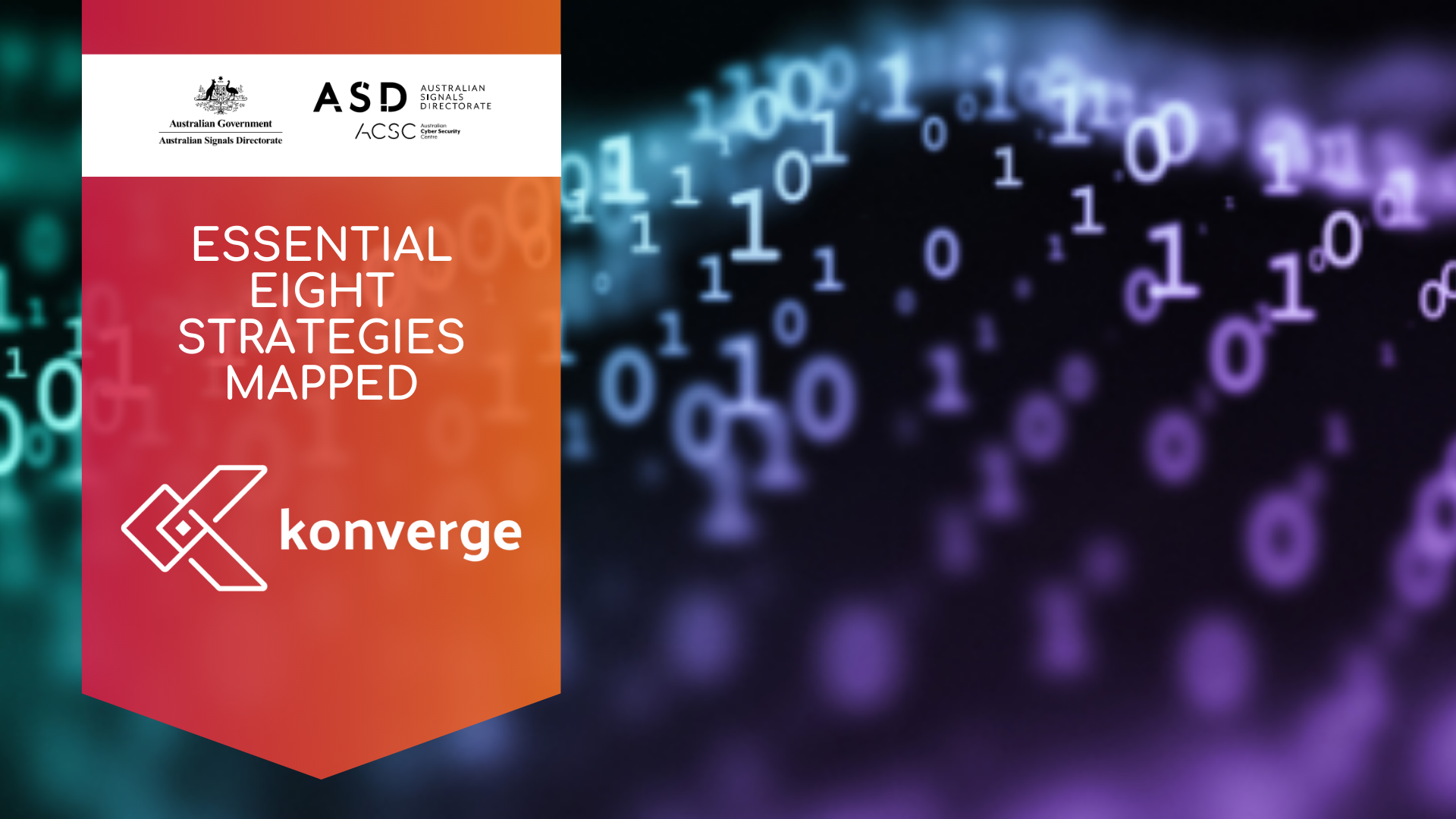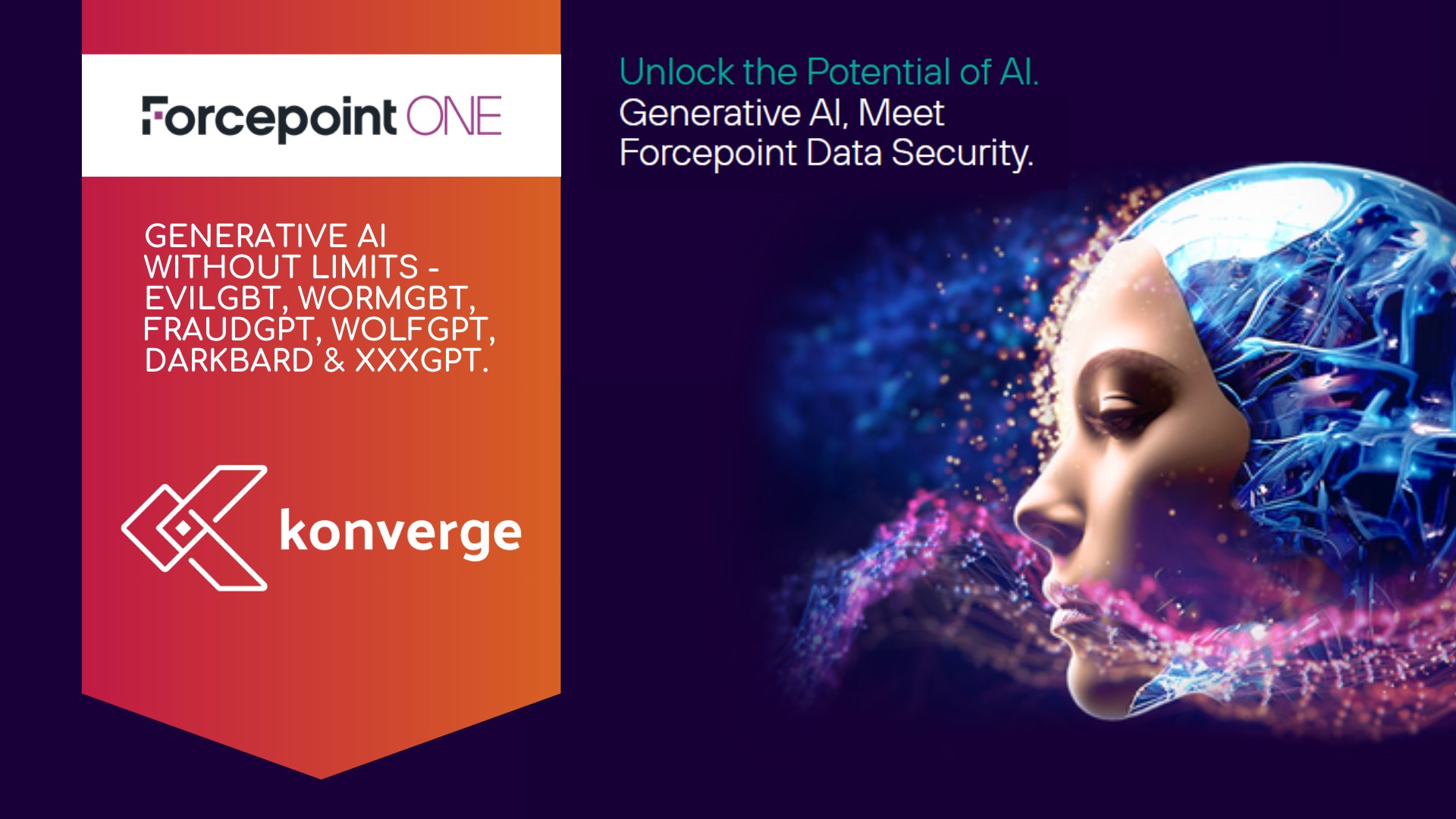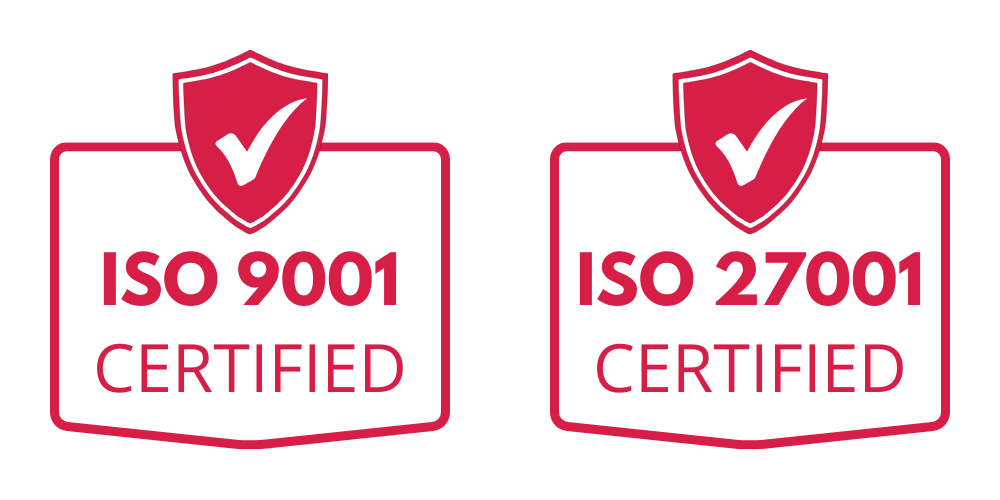Forcepoint Data Risk Assessment Promotion
Johnny Thai • June 30, 2024
Forcepoint Data Risk Assessment (DRA)

Your Forcepoint Data Security Posture management console monitors, detects, and protects data everywhere efficiently leveraging artificial intelligence and Forcepoint's risk adaptative profile protection.
What are you doing with Bring Your Own Devices?
- Forcepoint solution is security that is simplified.
- Agentless approach.
- Deploy data security across all BYOD without agents.
Adopt a Security Everywhere approach with Forcepoint's complete solution
- Cloud apps, Endpoint, BYOD with Forcepoint CASB.
- Web surfing with SWG.
- Email with Forcepoint Email Connector.
Data Security Posture management console
- Remediation.
- Orchestration.
- Automate risk penetration.
Complimentary Consultation
Next level security you need to know about.
Encryption, Quarantine integrated seamlessly with Microsoft office 365 environment monitoring all those workflows.
Book your complimentary data risk assessment today. Find out if you qualify by filling in the below form and we will get back to you.
Forcepoint FREE Data Risk Assessment

What if Keanu Reeves were protecting your network? Keanu Reeves, the ultimate guardian of truth and justice, now standing as the face of Precision AI™ by Palo Alto Networks. Imagine his calm yet commanding voice saying, "In a world where AI powers both heroes and villains, only the most precise intelligence can defend your digital universe."

Investing in Prisma ensures that businesses can protect their data, applications, and users while enabling innovation and growth. For organisations in Australia, Prisma aligns seamlessly with national cybersecurity frameworks, making it an essential investment for long-term resilience and regulatory compliance.
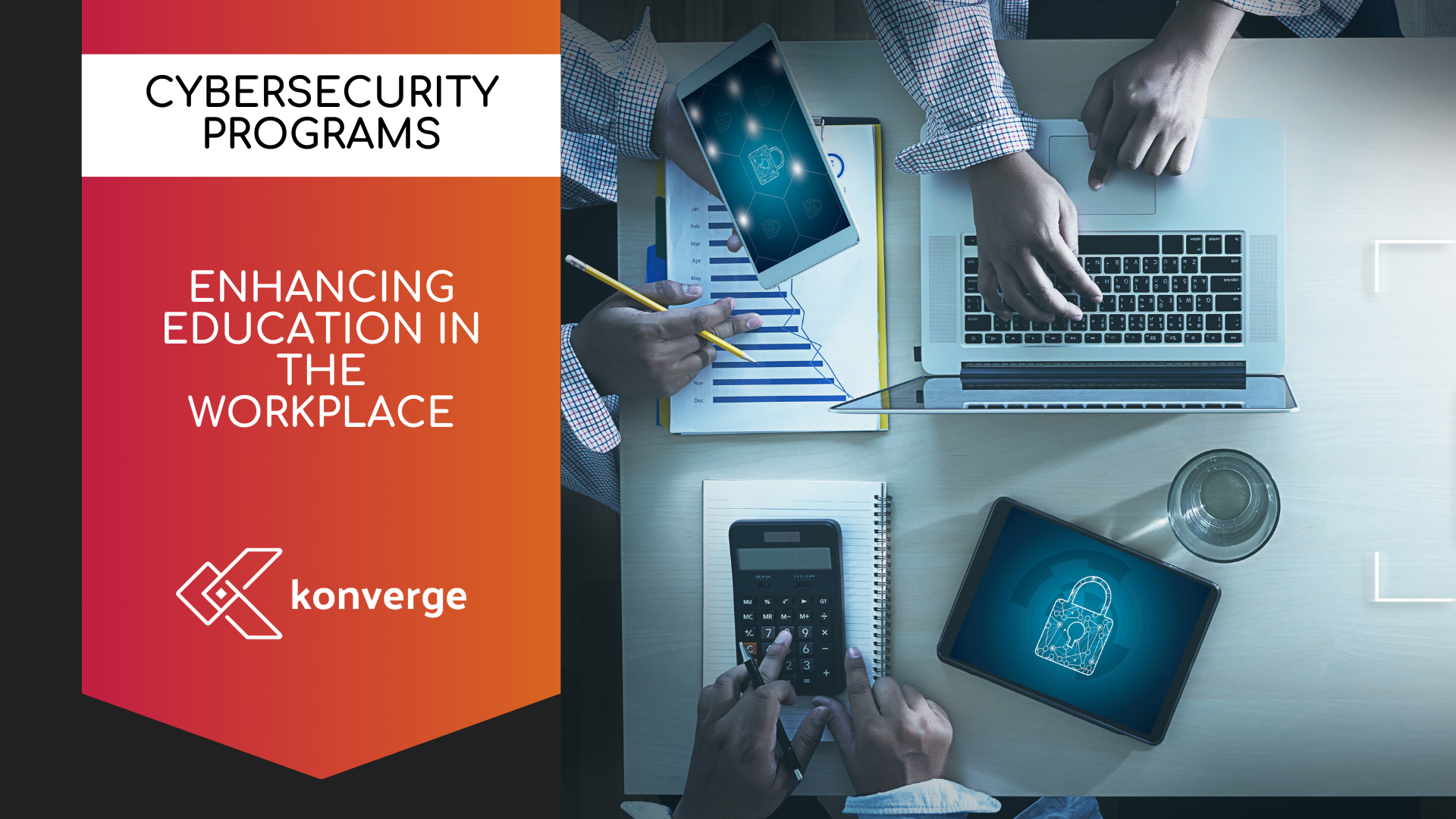
Cyber security training for employees is not just a one-time event but an ongoing process. It helps staff understand the nature of cyber threats and the importance of protecting company data. Training programs should address various aspects of cyber security, including recognising phishing emails, creating strong passwords, and understanding the protocols for reporting security incidents.
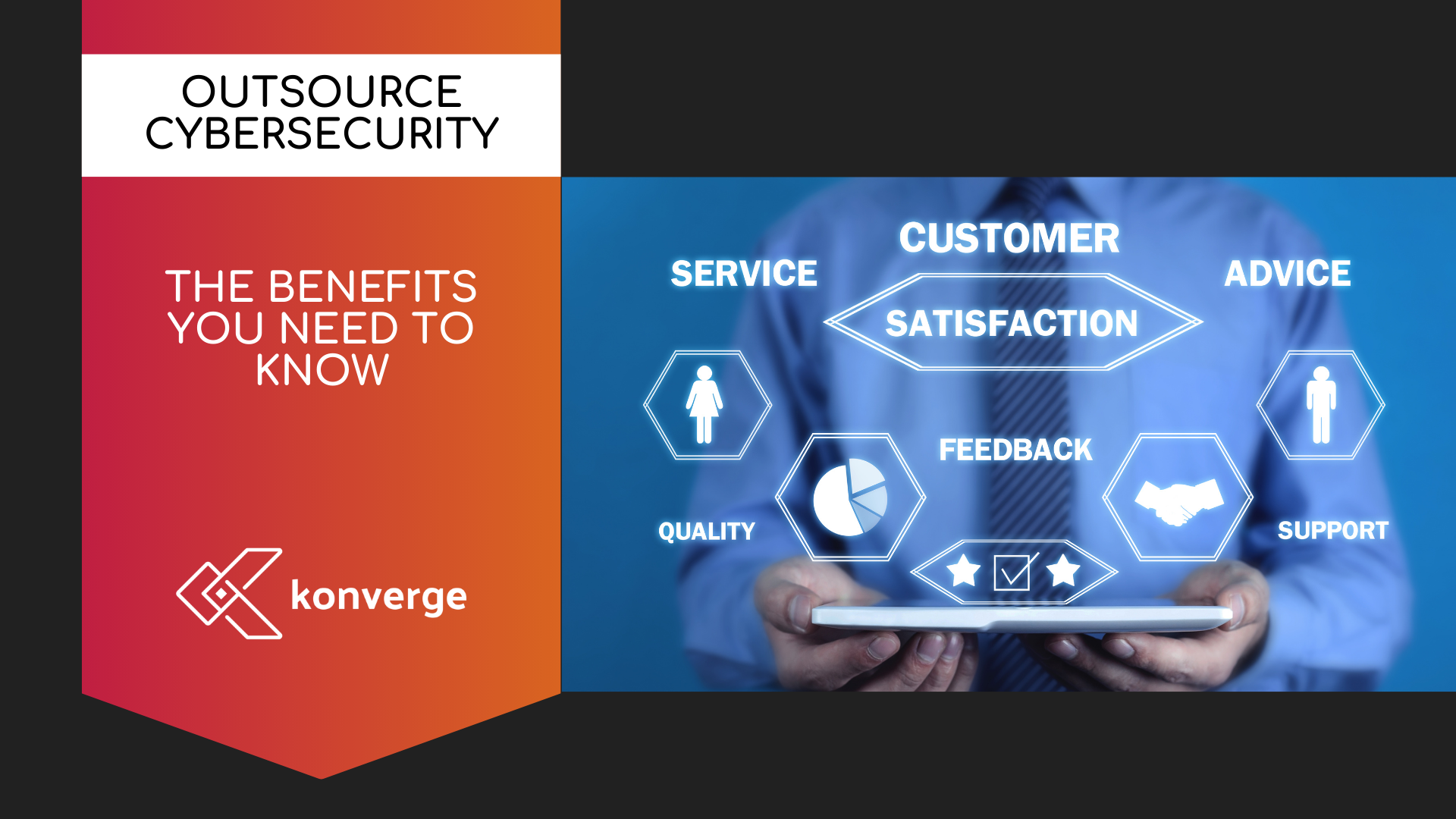
Investing in managed IT security services is not just a smart business decision—it's essential for maintaining the integrity and security of your company's data and operations. With the right MSSP like Konverge by your side, you can confidently navigate the digital landscape and stay one step ahead of cyber threats.

Staying relevant in this digital landscape means embracing the latest technology trends that offer real business value. At Konverge, we are committed to helping businesses unlock new opportunities by leveraging the latest tech solutions. Here’s a look at the most impactful trends for 2024 and how Konverge can help businesses harness them effectively.

Transform Your Team's Creative Power with Adobe Creative Cloud Enterprise Edition 4!
Unlock next-level productivity and creativity with powerful generative AI, unlimited Adobe Stock access, and seamless collaboration tools—all while keeping your assets secure. Whether you're designing, editing, or collaborating, Adobe's Enterprise Edition 4 has everything your team needs to scale their creative potential.
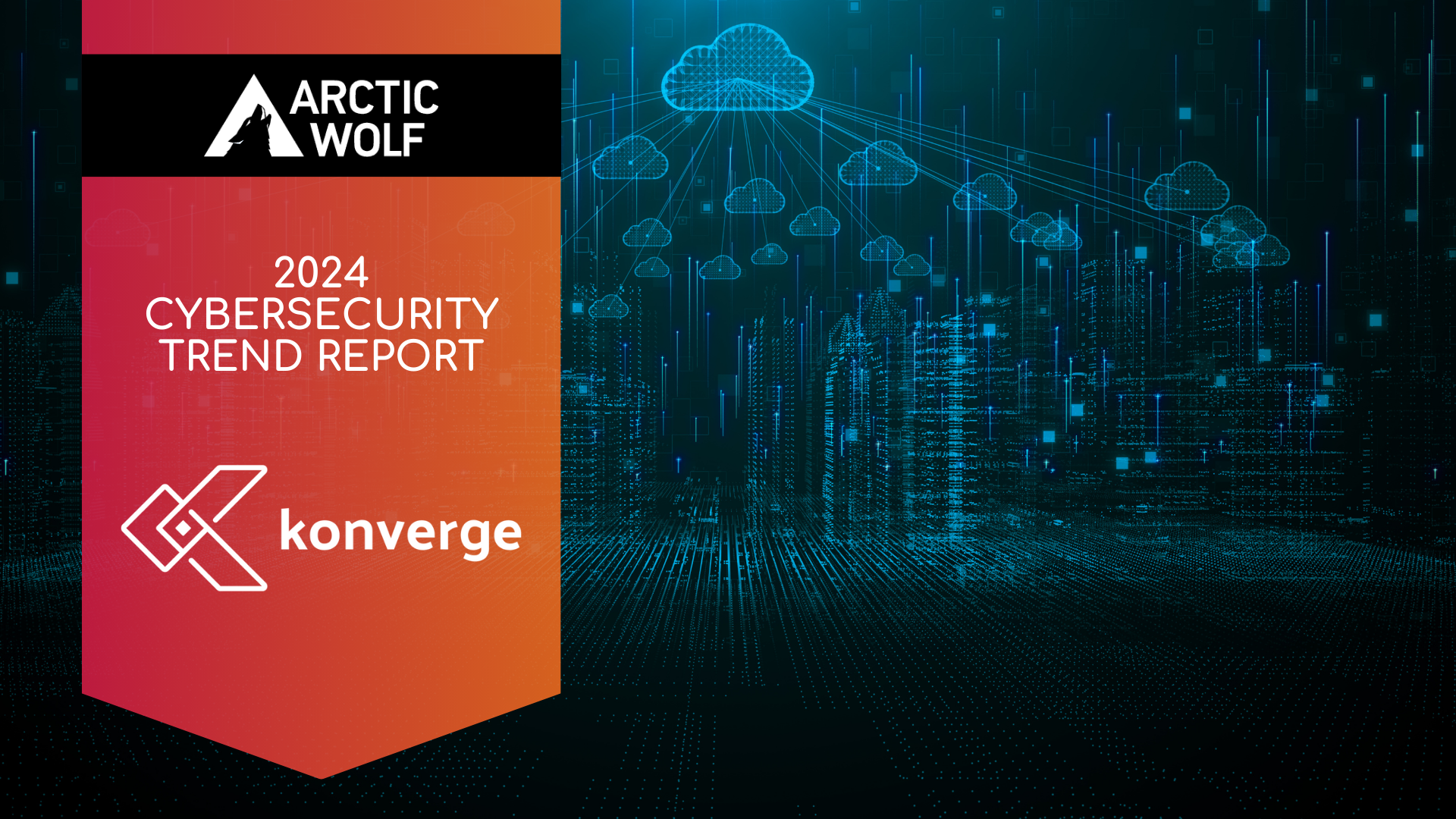
If you’re looking for a partner to help address end-to-end cyber risk at your organization, we encourage you to experience The Arctic Wolf Security Journey. Throughout your Journey, Arctic Wolf works with you to holistically address cyber risk by equipping you with the tools and expertise to assess, mitigate, and transfer your cyber risk – and drive security outcomes.
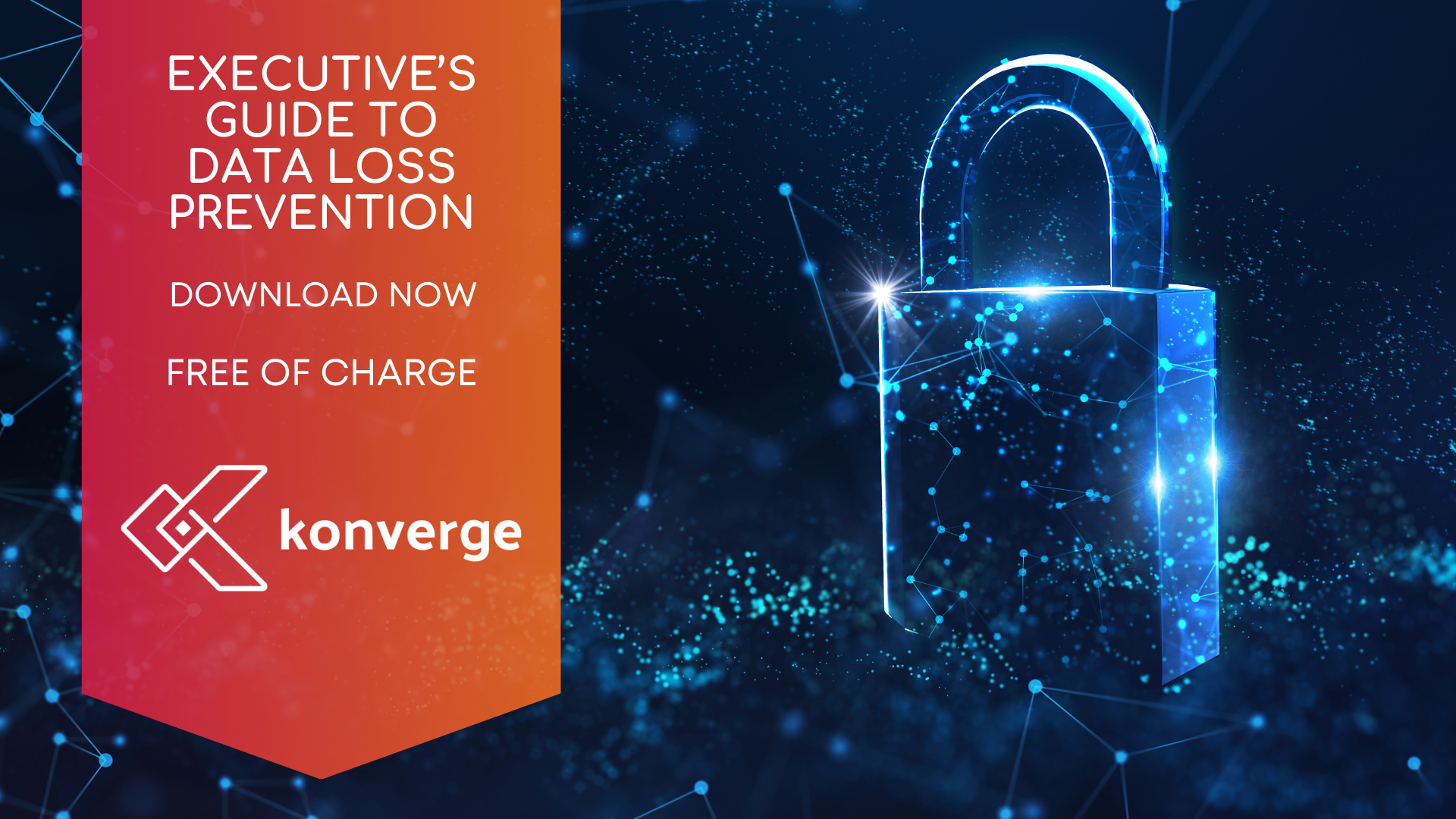
Download this insightful whitepaper DLP implementation guide for a look at the latest data-breach trends: A practical look at current trends and how to be proactive in stopping data breaches. Five-phase framework: Learn the five steps to a successful DLP implementation through a risk-adaptive approach. Best practices to ensure success: Ways to attain measurable and practical results to achieve seamless execution. Assessing DLP vendors: Explaining the importance and benefits of dissecting the vendor's methodology.
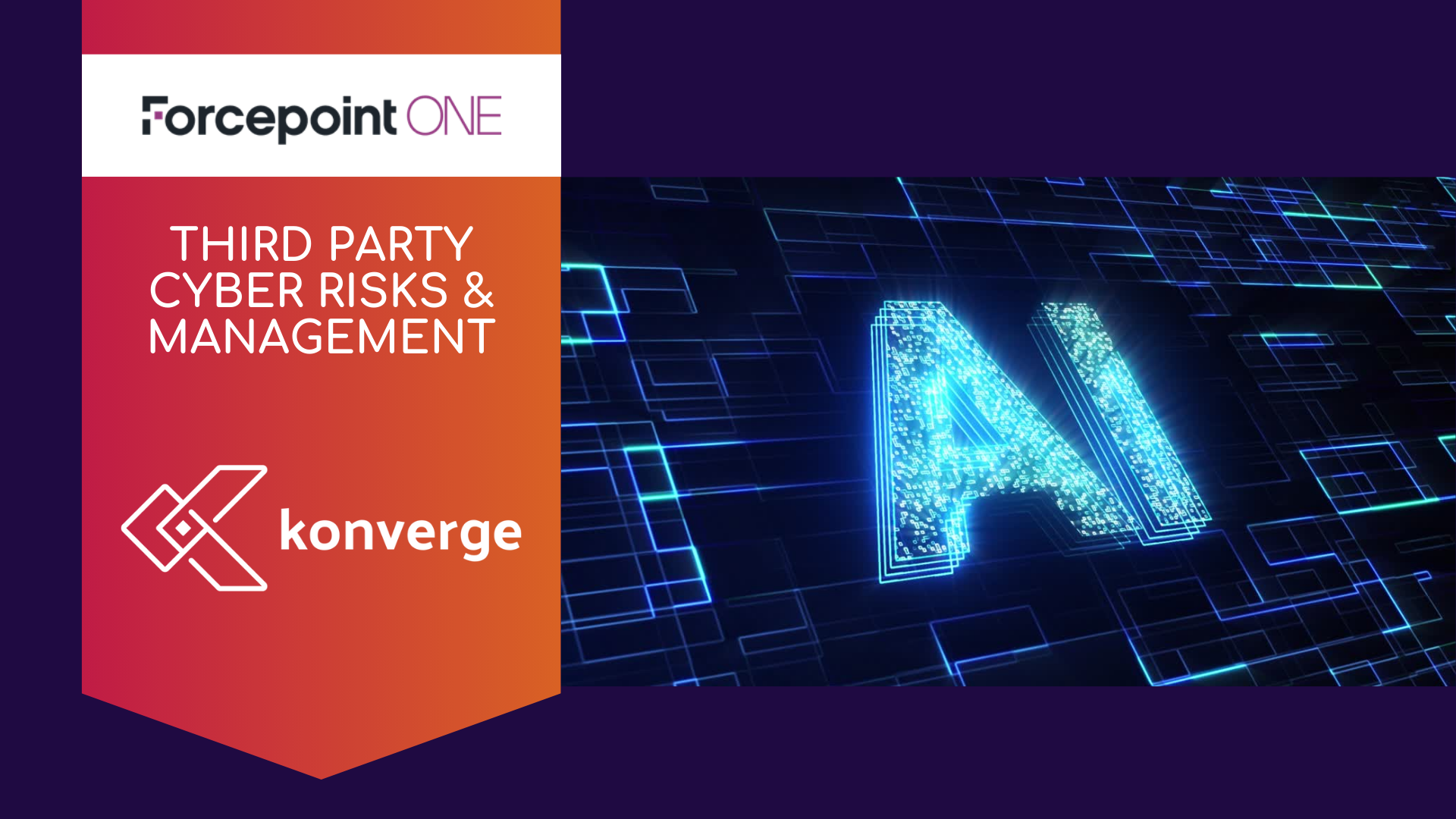
More than half of security leaders describe data visibility as a major concern. Some 60% said they had identified new security gaps. Nearly six in 10 organisations are struggling with employee-related cyber threats in the months since the pandemic began, with 48% reported phishing attacks in the first three months of the pandemic.
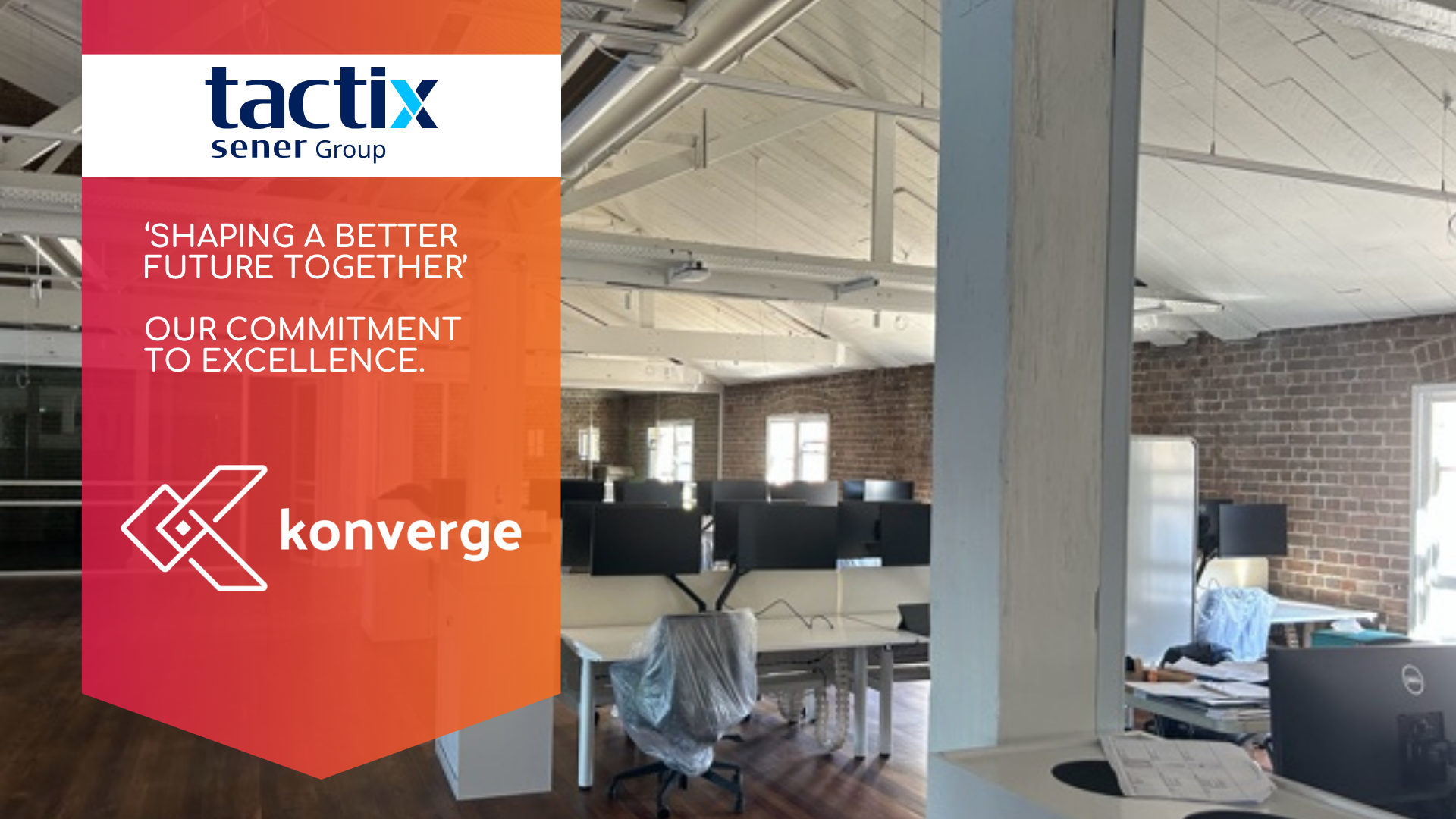
We've boosted Tactix's digital infrastructure with secure internet and network setup, implemented top-tier firewall security, and ensured seamless connectivity. Our cabling expertise has streamlined efficiency, while a state-of-the-art wireless network guarantees swift and reliable connections throughout their workspace. Tactix's meeting rooms are now fully equipped for productive collaborations, and every desk boasts docking monitor solutions, elevating productivity and facilitating seamless teamwork.

Small business networks are essential for entrepreneurs looking to optimise productivity, enhance security, and support remote workforces. Centralising your network, understanding its components, and implementing the right storage solutions are crucial steps in this journey. With expert guidance, you can build a network infrastructure that propels your small business toward success in the digital age.



